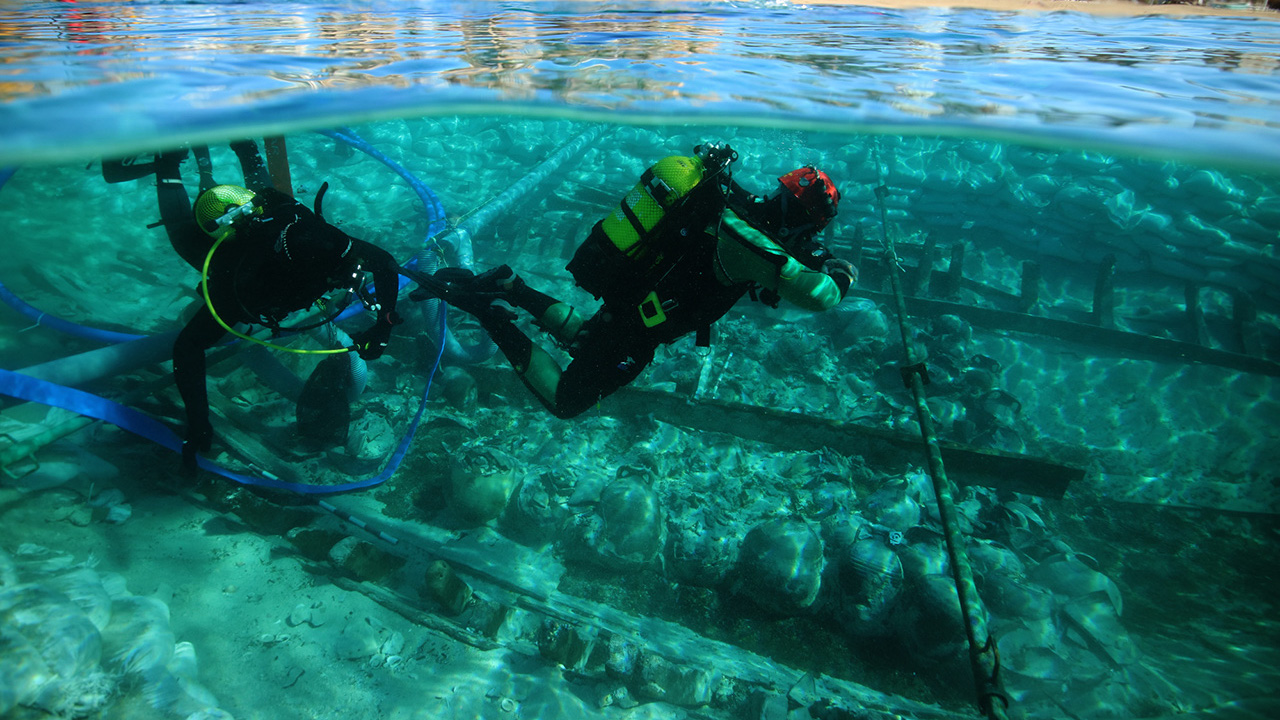Medicina, Vol. 60, Pages 654: The Predictive Factors Associated with In-Hospital Mortality of Melioidosis: A Cohort Study
Medicina doi: 10.3390/medicina60040654
Authors: Sunee Chayangsu Chusana Suankratay Apichat Tantraworasin Jiraporn Khorana
Background and Objectives: Melioidosis is an infectious disease caused by Burkholderia pseudomallei, and it has a wide range of clinical symptoms. It is endemic in tropical areas, including Southeast Asia. Despite the availability of effective treatment, the mortality rate is still high, especially in patients presenting with septic shock. The aim of this study was to determine and explore clinical characteristics, microbiology, treatment outcomes, and factors associated with in-hospital mortality which could predict prognosis and provide a guide for future treatment. Materials and Methods: The population in this retrospective cohort study included all 262 patients with a diagnosis of melioidosis who were hospitalized at Surin Hospital, Surin, Thailand, from April 2014 to March 2017. We included patients older than 15 years with a positive culture for B. pseudomallei. Data regarding the clinical characteristics, microbiology, and treatment outcomes of the patients were collected and analyzed. The patients were divided into two groups dependent on outcome, specifically non-survival and survival. Logistic regression was performed to determine the risk factors associated with in-hospital mortality. Results: Out of the 262 patients with melioidosis during the study period, 117 (44.7%) patients died. The mean age was 57.2 ± 14.4 years, and 193 (73.7%) patients were male. The most common comorbidity was diabetes (123, 46.9%), followed by chronic kidney disease (35, 13.4%) and chronic liver disease (31, 11.8%). Four risk factors were found to be associated with in-hospital mortality, including age (adjusted odds ratio (aOR) 1.04, 95%CI: 1.01–1.07), respiration rate (aOR 1.18, 95%CI: 1.06–1.32), abnormal chest X-ray finding (aOR 4.79, 95%CI: 1.98–11.59), and bicarbonate levels (CO2) (aOR 0.92, 95%CI: 0.85–0.99). Conclusions: Our study identified age, respiration rate, abnormal chest X-ray finding, and CO2 levels are predictive factors associated with in-hospital mortality in melioidosis patients. Physicians should be aware of these factors, have access to aggressive treatment options, and closely monitor patients with these risk factors.

 2 weeks ago
17
2 weeks ago
17


